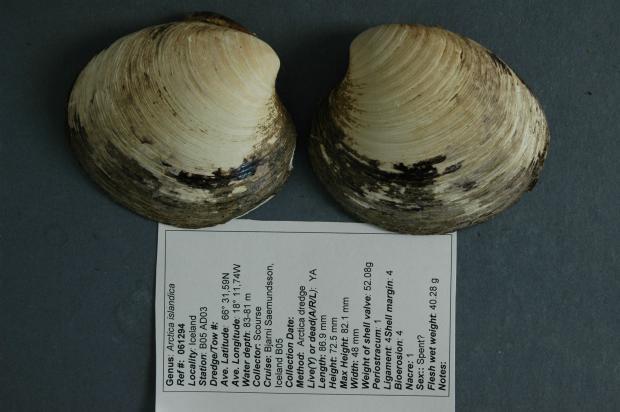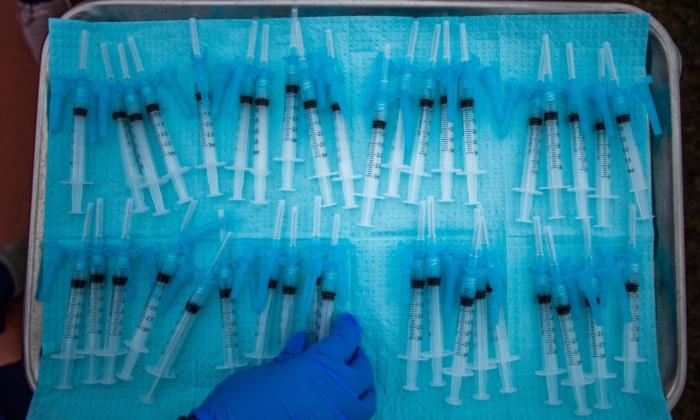The world’s oldest living animal was discovered by scientists in Europe, but the scientists accidentally killed the animal in the process of studying it.
The ocean quahog, or a type of deep-sea clam, was found on the bottom of the Atlantic Ocean near Iceland in 2006.
As is normal practice, it was placed into a freezer.
When the scientists at Bangor University took it out to study, they concluded that it was 400 years old.
But soon after it died.
And now further study of the animal after its death shows that the animal was actually 507 years old, making it the world’s oldest living animal--if it were still alive.
“We got it wrong the first time and maybe we were a bit hasty publishing our findings back then,“ Dr. Paul Butler of Bangor University’s School of Ocean Sciences told Science Nordic. ”But we are absolutely certain that we’ve got the right age now.”
The quahog’s shell grows by a layer every year, and scientists typically count its age by cutting the shell in half and counting the lines in a similar way to how trees are dated by counting the rings in their trunks.
However, the shell lines had become compressed in Ming, the quahog, causing confusion as to its actual age.
Not they believe it was born in 1499.
“The age has been confirmed with a variety of methods, including geochemical methods such as the carbon-14 method. So I am very confident that they have now determined the right age,” said marine biologist Rob Witbaard of the Royal Netherlands Institute for Sea Research. “If there is any error, it can only be one or two years.”






Friends Read Free